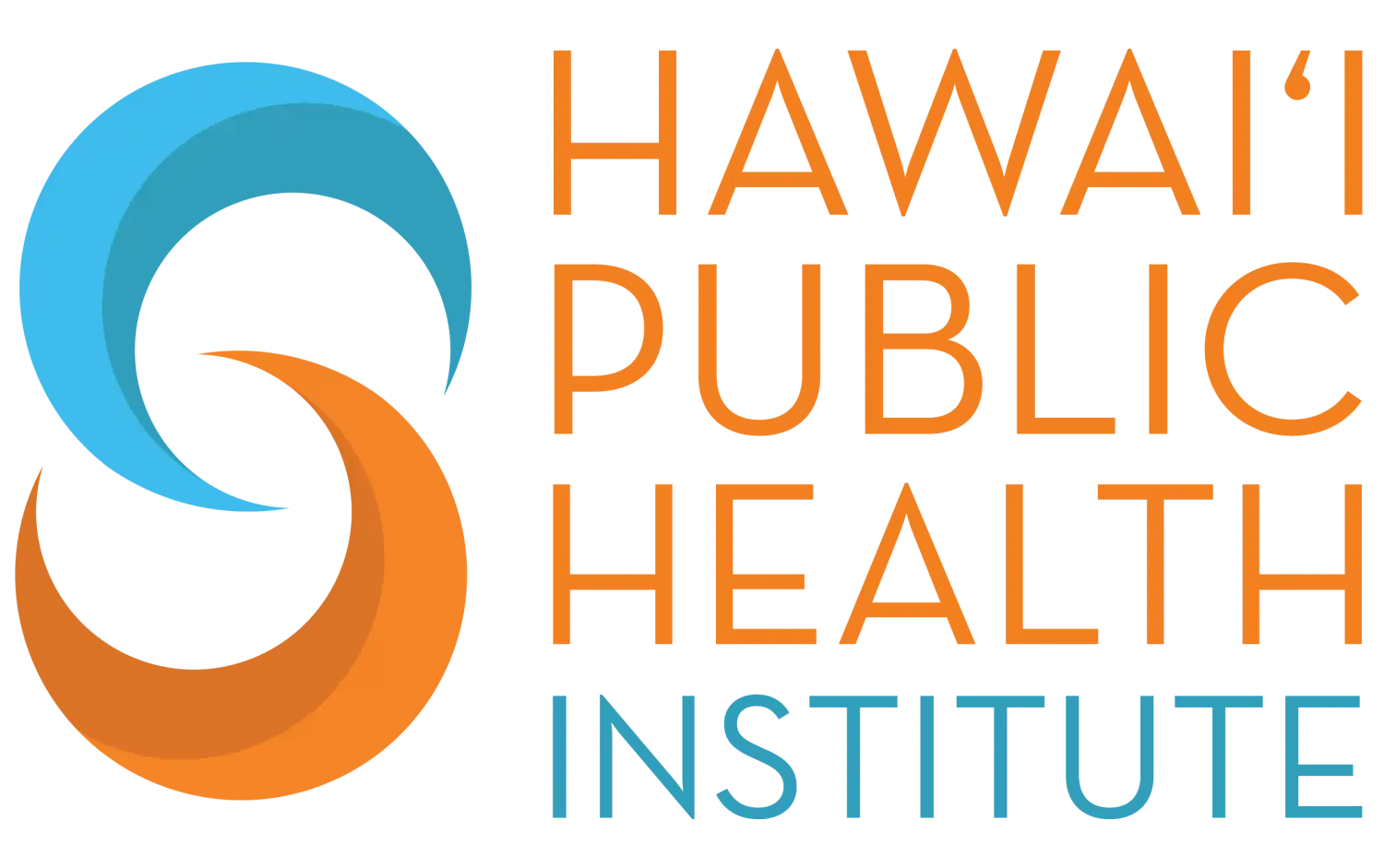Maui wildfires one year later: recovery projects highlight community resilience
The Federal Emergency Management Agency reflected upon a challenging year marked by the Aug. 8 wildfires disaster. FEMA administrators say major recovery projects highlight the community’s resilience and the role of FEMA in supporting rebuilding efforts.
Bob Fenton, FEMA Region 9 Administrator said a huge part of the progress was educating staff on the culture in Hawaiʻi. “What that’s allowed us to do is to really better understand the community, the unique needs, and the history of Hawaiʻi. From that, it’s allowed us to work on specific projects that will help the community, both in the short-term and long-term,” he said.
One of the earlier projects was building a temporary campus for Kamehameha III Elementary, which was destroyed beyond repair during the wildfires.
“The Corps of Engineers did a tremendous job of accomplishing that in 95 days and being able to reestablish school on April 1,” said Fenton, acknowledging the completion of the temporary site at the Pulelehua development below the Kapalua Airport. “This is one of many projects we’ve undertaken to continue to work with the community.”
“The response and recovery effort is something shared by all of us, that we’re all committed to,” said Summer Sylva, FEMA cultural protocol task force lead in a FEMA interview. “On the debris removal area, the presence of cultural monitors to both guide and protect historic sites and cultural sites of significance—and allow for those protections to be respected, allow for those protocols to be observed with dignity—to understand that these things are the currency for building trust.”
Gov. Josh Green, M.D., described the coordinated effort to move almost 8,000 people first into hotels, and then into long-term housing, as “extraordinary.” “We’re now actually building transitional housing together,” he said.
Mayor Richard Bissen said he is grateful to FEMA for being an integral part of Maui’s recovery. “To help people again rebuild their lives, rebuild hope, rebuild their homes, regain their sense of place. We talk about water, which we predicted it would take a couple of years to get all of that back for Lahaina. We expect that by the end of August, we’ll have 100% potable water in Lahaina.”
As for wastewater, Bissen said he expects to have that to be at 100% by the end of January 2025.








